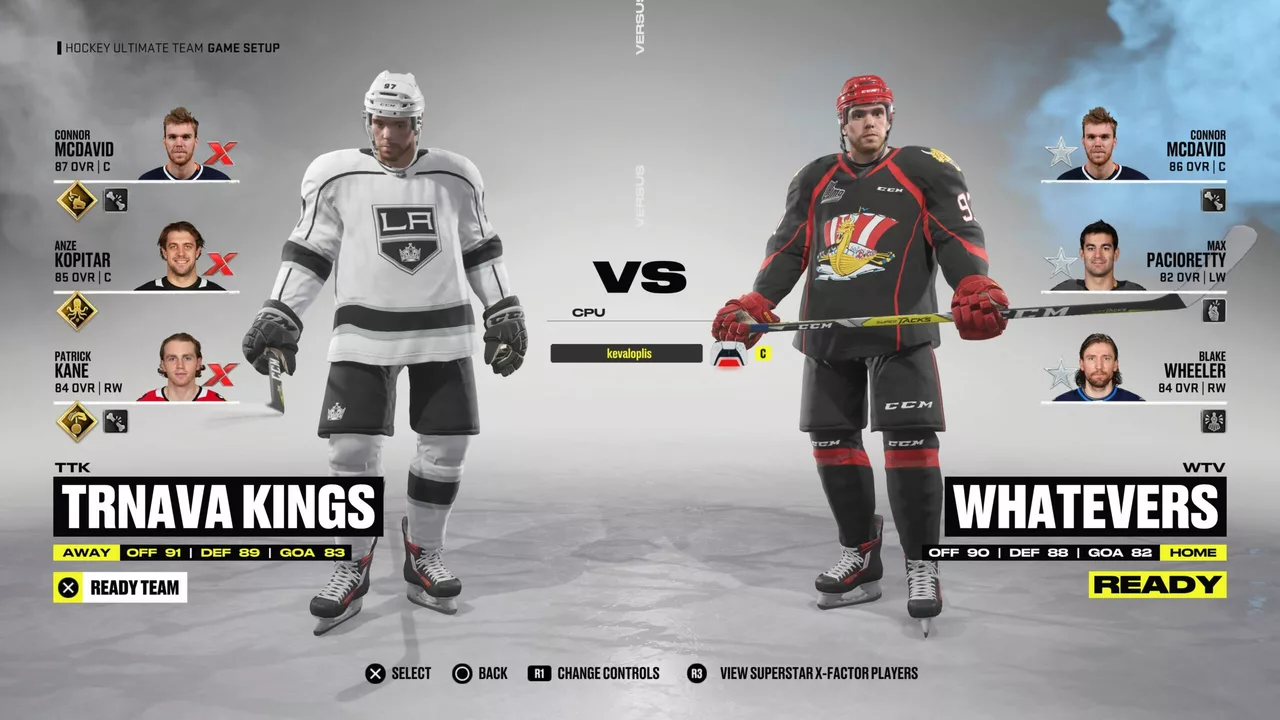Dark Hockey Topics: What You Need to Know
When you think of hockey, the fast‑paced action and big hits probably come to mind. But there’s a darker side that many fans only see on TV – fights, expulsions, injuries, and even the science behind frozen pucks. This guide breaks down those tough topics in plain English, so you know what’s really happening on the ice.
Why fights happen on the ice
Fighting feels like a part of hockey culture, but it’s not just for show. Players often throw a punch to protect a teammate who’s taken a hard hit. It’s also a way to settle a grudge quickly before the game gets out of hand. Fans love the drama, and referees usually let a fight run its course as long as it stays under control.
That said, a fight can lead to a penalty or a suspension if it gets too violent. The league tracks each incident, and repeat offenders can face longer bans. So while a brawl might electrify the crowd, it can also cost a team valuable players in the next game.
Understanding player expulsions
A player can be thrown out of a match for several reasons. Too many penalties in one game is a common trigger – three major penalties usually means the ref will send the player to the locker room. Dangerous stick work, like slashing or spearing, can also result in an immediate ejection.
Beyond safety, the rules cover unsportsmanlike conduct. If a player argues aggressively with officials, uses profanity, or tries to intimidate opponents off the ice, referees have the authority to remove them. Knowing these triggers helps fans understand why a favorite player disappears in the middle of a match.
Another “dark” element is the impact of injuries. When a key player gets hurt, the team must reshuffle its lineup, sometimes forcing younger or less experienced players into big roles. This can change the game’s momentum instantly.
Cold‑related quirks also belong on this list. For example, hockey pucks are frozen before every game. A frozen puck slides smoother, bounces less, and stays intact longer. It might sound minor, but it’s a secret weapon for a consistent playing surface.
Points systems add another layer of complexity. In the NHL, a win nets two points, an overtime or shootout loss gives one point, and a regulation loss earns none. Those points decide playoff spots, so every game feels high‑stakes, especially when teams are fighting for the last few spots.
If you’re buying tickets for friends, a little extra care goes a long way. Check their schedules, know their favorite teams, and use trusted ticket platforms to avoid scams. A thoughtful gift can turn a regular night into a memorable experience.
Finally, remember that every rule and tradition has a purpose. From frozen pucks to controlled fights, the “dark” side of hockey keeps the sport exciting while protecting players. Understanding these aspects makes you a smarter fan and helps you enjoy the game without the mystery.
Now that you’ve got the lowdown, you can watch the next match with confidence. Whether it’s a heated brawl, a surprise ejection, or just a smooth glide of a frozen puck, you’ll know exactly why it’s happening and what it means for the scoreboard.
When did the NHL change home jerseys to dark?
In the 2003-2004 season, the NHL made a significant change to their uniform policy. They switched home jerseys from the traditional white to dark colors. This was done to give home teams the opportunity to showcase their darker, more colorful jerseys to their home crowd. The move was also seen as a strategic marketing approach to boost jersey sales. It was a major shift in tradition that left a lasting impact on the game's aesthetics.
View More